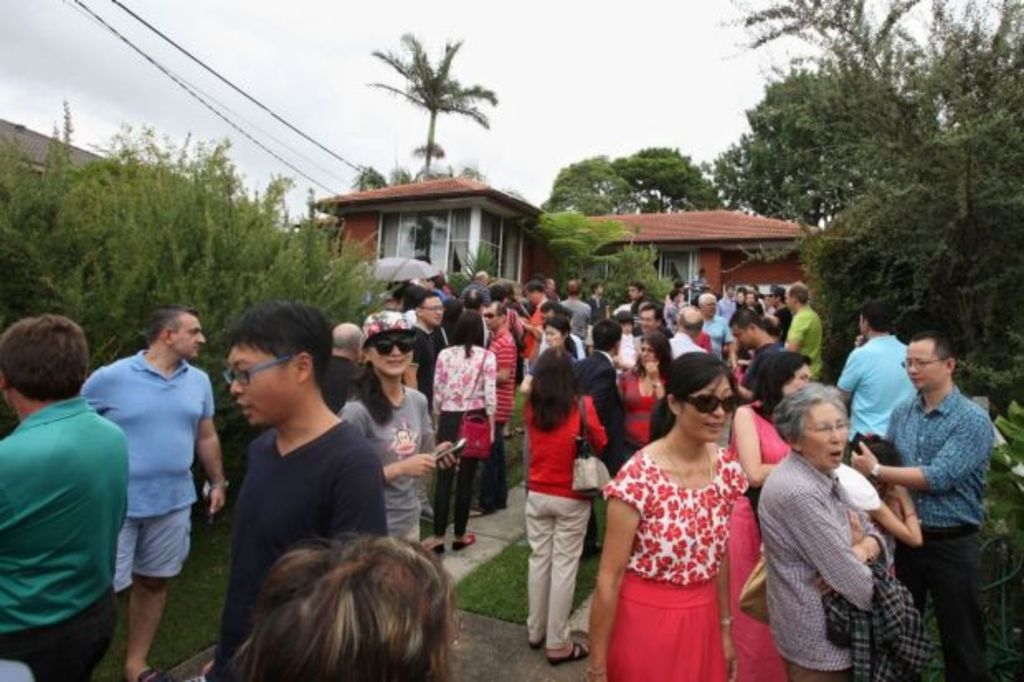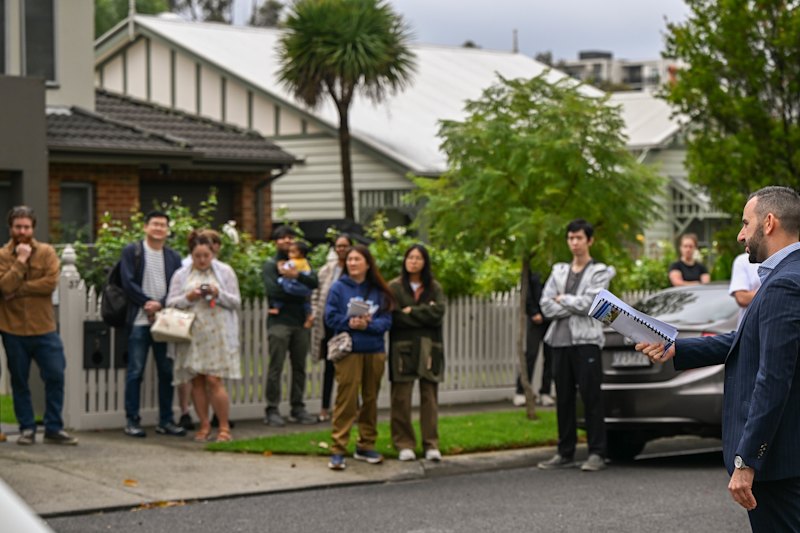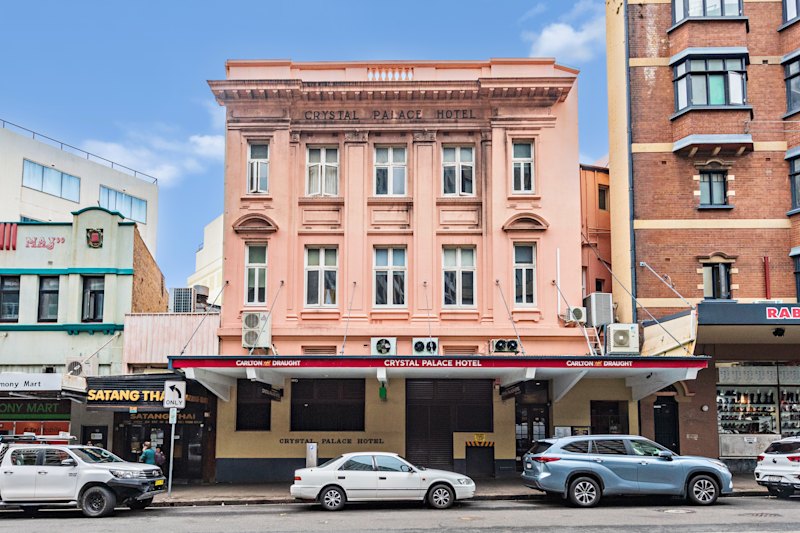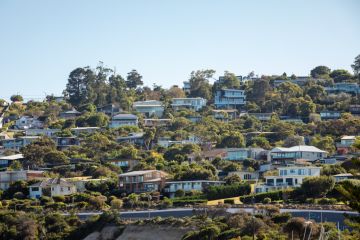Homeownership rates decline among new migrants in Australia

More than half of long term migrants own a home in Australia, but new data shows it has become harder for them to break into the property market.
About 54 per cent of permanent migrants who arrived in Australia in or after 2000 are homeowners, according to Census data released by the Australian Bureau of Statistics (ABS) on Wednesday.
“Over half of permanent migrants are either buying or own a home outright, which is slightly less than the national average which sits at 65.5 per cent,” McCrindle social researcher Geoff Brailey said.
“The trends show migrants are most likely to come from India, then China, where homeownership in Australia is seen as very desirable,” he said. “As people are arriving here, they are doing those hard years of saving to get into the market.”
While the number of new migrants has increased, the proportion of them able to realise the Great Australian Dream has fallen as house prices soared.
“Home ownership rates amongst recent migrants have fallen over the five years to the 2016 Census, as they have for Australians more broadly,” said ABS director of migration statistics Myles Burleigh.
About 35 per cent of migrants who arrived in Australia over the five-year period snapped up property, down from about 40 per cent over the same period before the 2011 Census.
While NSW has the highest intake of migrants, it had the second lowest homeownership rate after the Northern Territory, at 49.5 per cent and 37.4 per cent, respectively.
- Related: Foreign buyers of Australian property plummet
- Related: Why interstate migration is this year’s buzz word
While almost 60 per cent of those who entered Australia on a family or skilled visa secured a home, humanitarian migrants were more likely to rent, with fewer than one-third buying property.
Migrants in Victoria were the second most likely to own a home, after those in Western Australia, with homeownership rates respectively at 56 and 62 per cent.
“Western Australia does stand out as having a higher rate of homeownership compared to the other states, perhaps because migrants there are more likely to have arrived on a skilled visa,” Mr Burleigh said.
Bendan Coates, research fellow at The Grattan Institute, said migrants who arrived via skilled and family streams tended to have relatively higher incomes and were able to realise their housing aspirations sooner.
“The humanitarian stream by its very nature is very different,” said Mr Coates. “They tend to have fled strife, have lower incomes and so they need more support. That’s part and parcel of the obligations Australia has to humanitarian migrants.”
Mr Burleigh said Greater Sydney, which has the highest median house price in the country at $1,150,357, also had a greater proportion of migrants leave.
“Sydney has quite large [migrant population] outflows,” he said. “It’s the first place a lot of migrants go when they arrive, so more people move from Sydney.”
Mr Coates said while migration did put upward pressure on property prices and rents, due to increased demand, this would not be a problem if enough homes were built.
“The evidence over the last decade is that we’ve struggled to do that. It is likely the rate of migration has pushed up house prices and rents. To a degree it’s adding housing affordability pressures in Australia,” said Mr Coates.
“We estimate you need 450 to 550 new homes for every 1000 new residents in Australia. NSW is only just meeting that level, it’s producing just over 500 homes per 1000 residents,” he added.
Chief executive of Western Sydney Migrant Resource Centre Kamalle Dabboussy said the figures were a strong indicator of migrants’ contribution to the economy.
“If you solely measure what they provide in the first few years after their arrivals, you sell the picture short” he said. “Migrants sacrifice a lot in the short term for the long term.”
He noted it often only took one family member with some wealth to get a mortgage and leverage their equity amongst the family for generations to come.
“The aspiration is to work, buy a house and provide a better future for their family,” he said.
Overall, 42 per cent of migrants were renting in 2016, in comparison to 30.9 per cent of the wider population.
We recommend
We thought you might like
States
Capital Cities
Capital Cities - Rentals
Popular Areas
Allhomes
More







